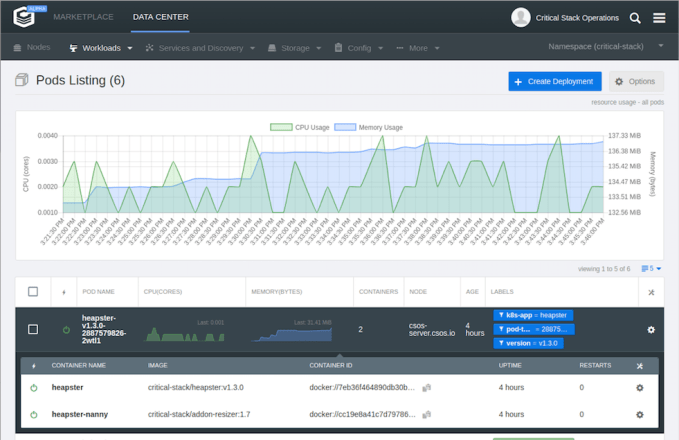If every company is truly a software company, Capital One is out to the prove it. It was one of the early users of Critical Stack, a tool designed to help build security into the container orchestration process. In fact, it liked it so much it bought the company in 2016, and today it’s releasing Critical Stack in Beta.
This is a critical step toward becoming a commercial product, giving the bank its first entrée into software selling.
Capital One is embracing modern applications delivery methods like containerization, and it needed a tool specifically tuned to the security requirements of a financial services company. That’s what Critical Stack purports to give it, and they liked it so much, they thought others who required a similar level of security would too.
Critical Stack is compatible with Kubernetes, the popular container orchestration tool, but it’s been designed to provide a higher level of security than the base product, while giving large institutions like banks a packaged approach to container orchestration.
“One of the many strengths of Kubernetes is its rapid development cycle. You understand how challenging that can be to keep up with that moving target. We have an orchestration layer that has an abstraction away from that. Critical Stack is a stand-alone tool within the ecosystem of tools compatible with Kubernetes,” Liam Randall, Critical Stack president and co-founder told TechCrunch.
Critical Stack does everything you would expect a Kubernetes distribution to do including managing the container delivery and lifecycle management, but it’s specifically designed to allow operations to automate security and compliance policies around the containers, something banks and other highly regulated businesses need to do.
The company also concentrated on putting that kind of functionality in an interface that’s easy to use.

Photo: Critical Stack
While the company isn’t open sourcing this tool, they believe by selling it, they can get a similar set of benefits. “When you think about a lot of the great platforms, the best lessons learned come from working with other partners,” Randall said. While he and his team found a broad set of use cases internally, they felt that getting the product into the hands of others would only help enhance it — and it doesn’t hurt they could make some money doing it.
